|
|













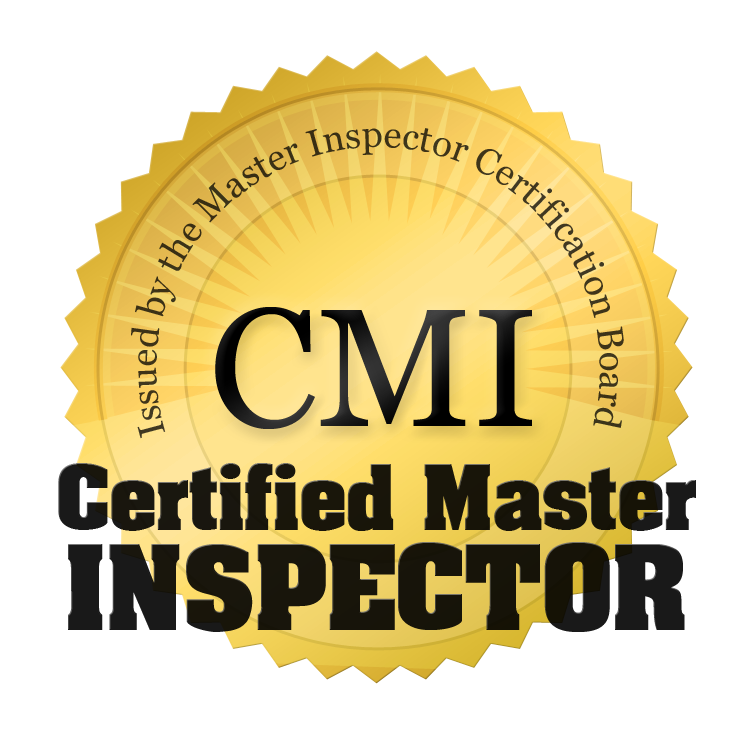
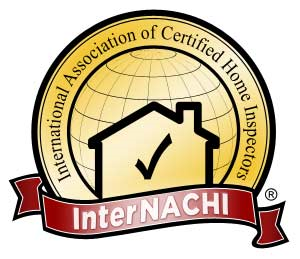







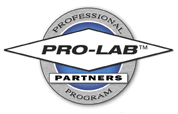


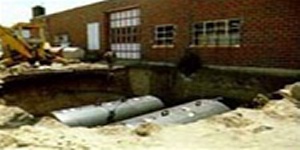
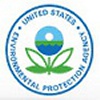
TRIPLE M LLC
PHASE 1 ENVIRONMENTAL SITE ASSESSMENT
Environmental Site Assessments (Phase I and Phase II)
can help you evaluate environmental liabilities associated
with real property acquisition and ownership Knowledge of
property to be purchased
Information obtained through environmental site assessments can greatly impact the economics of a property transaction, affecting the owner, buyer, seller and lender.
Triple M only conducts Phase I ESAs, so we have no vested interest in recommending unnecessary and costly Phase II subsurface investigations.
Information obtained through environmental site assessments can greatly impact the economics of a property transaction, affecting the owner, buyer, seller and lender.
Triple M only conducts Phase I ESAs, so we have no vested interest in recommending unnecessary and costly Phase II subsurface investigations.
A Phase 1 Site Assessment can take up to 3 weeks to
complete The Inspection includes: Interviews, Site
Survey, Historical records search and Government
agencies searches. Once all available information is
gathered and complied you will receive a bond written report.
gathered and complied you will receive a bond written report.
Inspection Summary
Benefits of a Phase 1 Environmental Assessment.
A Phase I Environmental Site Assessment (ESA) is
defined as a systematic process by which an inspector seeks
to determine whether a particular property is or may be
subject to actual or potential contamination. There is no
sampling or testing involved, therefore the process is
nonintrusive, i.e.: there is no sampling of building materials,
soil sampling or drilling of boreholes. A Phase I ESA is
concerned with the environmental condition of the property
itself, and not the compliance with environmental laws and
regulations of the operations conducted at the site.
Why Have a Phase 1 Environmental
Assessment ?
One of the most dangerous areas of buyer, seller and
lender liability is environmental contaminations.
Unsuspecting parties in a transaction, totally
unaware of any problem, may become responsible for
millions of dollars of damages and clean-ups, even
though the contamination may have occurred many
years before any of the parties were involved.
Often, people associate hazardous waste/toxic
chemical problems only with industrial properties
but many residences are contaminated with soil and
ground water pollution. Hobbies such as
photography, home brewing and home occupations
such as house painting, auto repairs, and antique
furniture restoration are capable of causing problems
for real estate buyers. In older properties, asbestos
may be present in heating systems, chimneys and
floor and ceiling materials. Lead may be present in
plumbing systems. It is also recognized that 1 in 3 homes have a possibility of radon gas contamination in below ground or on-grade construction types. Formaldehyde may be found in the air due to certain types of insulation and paneling. Residual pesticides and herbicides may exist in the soil where a property was previously agricultural or an orchard. In cases where on-site waste water or sewage disposal is situated near water wells, there may be pollutants migrating into the water service.
plumbing systems. It is also recognized that 1 in 3 homes have a possibility of radon gas contamination in below ground or on-grade construction types. Formaldehyde may be found in the air due to certain types of insulation and paneling. Residual pesticides and herbicides may exist in the soil where a property was previously agricultural or an orchard. In cases where on-site waste water or sewage disposal is situated near water wells, there may be pollutants migrating into the water service.
What are the laws?
Federal, state and local laws make current and prior property owners potentially liable for the entire cost of cleaning up a contaminated site.
With new laws in effect in many locales, financial institutions, facilities managers and real estate managers are instituting procedures and
guidelines to assess the status of a property with regard to environmental laws before a property ownership transaction.
With municipalities requiring an environmental assessment before the issuance of a construction permit, the site assessment process can save considerable money and prevent costly delays associated with agency-mandated cleanup operations. The prevailing standard for pre-acquisition environmental due diligence (also known as all appropriate inquiry, or “AAI”), has traditionally been ASTM’s Standard Practice for Environmental Site Assessments: Phase I Environmental Site Assessment Process. The ASTM Standard Practice was issued originally in 1997 and updated in 2000 and 2005. A major law (Brownfields Amendments) signed by President Bush in 2002 directed EPA to issue regulations establishing standards and practices for AAI. The EPA published its Final Rule on for AAI on November 1, 2005 that took effect November 1, 2006. Parties seeking liability protection as bona fide prospective purchasers, innocent landowners, or contiguous property owners may conduct “all appropriate inquiry” by complying with the AAI Rule either directly or by meeting the 2005 ASTM Phase I Standard.
With municipalities requiring an environmental assessment before the issuance of a construction permit, the site assessment process can save considerable money and prevent costly delays associated with agency-mandated cleanup operations. The prevailing standard for pre-acquisition environmental due diligence (also known as all appropriate inquiry, or “AAI”), has traditionally been ASTM’s Standard Practice for Environmental Site Assessments: Phase I Environmental Site Assessment Process. The ASTM Standard Practice was issued originally in 1997 and updated in 2000 and 2005. A major law (Brownfields Amendments) signed by President Bush in 2002 directed EPA to issue regulations establishing standards and practices for AAI. The EPA published its Final Rule on for AAI on November 1, 2005 that took effect November 1, 2006. Parties seeking liability protection as bona fide prospective purchasers, innocent landowners, or contiguous property owners may conduct “all appropriate inquiry” by complying with the AAI Rule either directly or by meeting the 2005 ASTM Phase I Standard.
Comprehensive Environmental Response, Compensation and Liability
Act (CERCLA) (42 U.S.C. §9601)
Act (CERCLA) (42 U.S.C. §9601)
Corporations involved in waste management, natural resources and the manufacture, distribution and transportation of hazardous products
have been aware of the need to ensure compliance with environmental laws and regulations. More recently companies involved in acquiring
of real property through court order, as well as financial lending agencies holding security interests in land, have become concerned about
their potential liability for clean-up costs. The “polluter pays” principle means that responsible parties are required to bear the costs of
remediation of contaminated property. Unfortunately, the “polluter” is not always easily identified, and increasingly the burden falls on
anyone who holds an interest in the property, whether the present or former owner, tenant or secured lender, to ensure that its
environmental condition complies with the current laws and regulations. There has been increased emphasis on the prosecution of
companies, their directors, officers and employees, in order to encourage a higher standard of care in relation to environmental compliance.
Under the U.S. Superfund legislation (“CERCLA”), liability for remediation of contaminated property rests with “potentially responsible
parties” who have, or had in the past, an ownership interest in the property, or who occupied or controlled property.
Under CERCLA, there is an exemption from liability for a party who is able to establish an “innocent landowner” defense, having “undertaken, at the time of acquiring the property all appropriate inquiry into the previous ownership and uses of the property consistent with good commercial or customary practice in an effort to minimize liability”. The ASTM Standard was designed with a view to assisting parties to establish that they had conducted “all appropriate inquiry”, and to afford a defense to CERCLA liability if it were later determined that the property acquired had environmental conditions or concerns and was contaminated.
Under CERCLA, there is an exemption from liability for a party who is able to establish an “innocent landowner” defense, having “undertaken, at the time of acquiring the property all appropriate inquiry into the previous ownership and uses of the property consistent with good commercial or customary practice in an effort to minimize liability”. The ASTM Standard was designed with a view to assisting parties to establish that they had conducted “all appropriate inquiry”, and to afford a defense to CERCLA liability if it were later determined that the property acquired had environmental conditions or concerns and was contaminated.
Typical Phase I services include:
• An onsite visual inspection of the property and surrounding properties to assess general land use and occupants of the area;
• A review of data regarding the local geology and hydrology;
• An assessment of current land use and practices of the property with particular attention given to assessing if any hazardous material or waste management activities have occurred at the site;
• As assessment of the historic land use and development of the property through an interpretation of fire insurance maps, city directories, and/or aerial photographs of the site and interviews with persons knowledgeable of the site history;
• A review of owner/operator provided documents and records;
• A review of local, state, tribal, and federal regulatory agency records maintained for the site.
• A written report of all findings including Recognized Environmental Concerns, recommendations and conclusions.
• A review of data regarding the local geology and hydrology;
• An assessment of current land use and practices of the property with particular attention given to assessing if any hazardous material or waste management activities have occurred at the site;
• As assessment of the historic land use and development of the property through an interpretation of fire insurance maps, city directories, and/or aerial photographs of the site and interviews with persons knowledgeable of the site history;
• A review of owner/operator provided documents and records;
• A review of local, state, tribal, and federal regulatory agency records maintained for the site.
• A written report of all findings including Recognized Environmental Concerns, recommendations and conclusions.
The extent of the Phase 1 Environmental Assessment will depend on site, age of structure, age of neighboring development, history of
structure, developed use of structure and personal risk comfort level. All these factor will dictate depth of research required and time
to accomplish which in turn regulates cost of inspection. All Phase 1 Environmental Assessments (no matter the depth of
investigation) will follow the standards of ASTM E1527: Standard Practice for Environmental Site Assessments for the baseline
inspection.